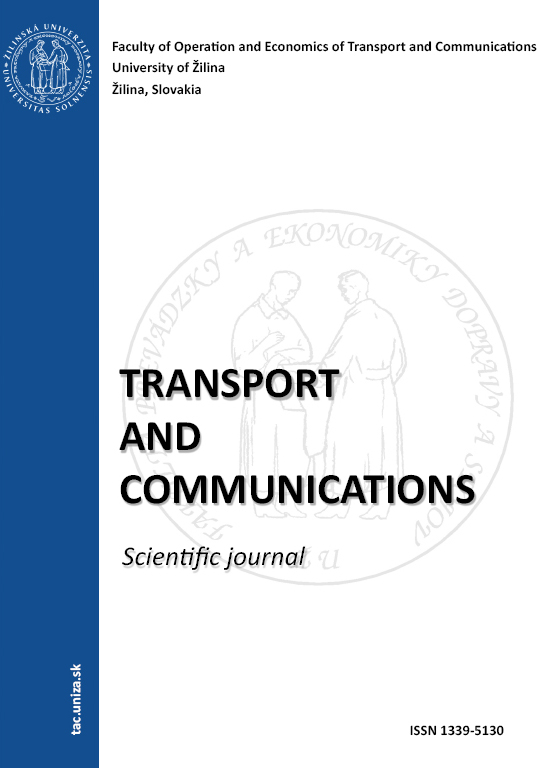Temperature of the brakes and the Braking Force
Date
2017Publisher
University of ZilinaLanguage
enAuthor
Rievaj, Vladimír
Mokričková, Lenka
Synák, František
Metadata
Show full item recordAbstract
The kinetic energy of the braking vehicle is changed into heat and the resulting heat increases the temperature
of each part of brakes. The changed temperature affects the coefficient of friction between the brake lining and brake drum
of brake disc. Unless the brakes are actuated hydraulically there is the warning brake pads and brake fluid. Object of examination
in this article is the impact of repetitive braking to change of these parameters and the impact of time to change
the boiling point of the brake fluid.
Subject
Brakes , the increase of temperature , the change of braking performance , brake fluid , the boiling point of the brake fluidCollections
Except where otherwise noted, this item's license is described as http://creativecommons.org/licenses/by/4.0/
Related items
Showing items related by title, author, creator and subject.
-
Modification of the of the viper SD-4 braking system
Antoniuk, Kateryna; Škultéty, Filip (University of Žilina, 2023)The Viper SD-4 is an excellent example of a Light Sport Aircraft (LSA) category of training aeroplanes. It is produced in Slovakia and used in several European countries and also in the United States of America. It is a ... -
Measurement of the braking distance in dependence on the momentary vehicle weight
Šarkan, Branislav; Holeša, Lukáš; Ivánek, Peter (University of Zilina, 2013)The braking distance is one of the most important features of the braking system of a vehicle during its operation. The distance depends on many factors related to technical part of the vehicle, road surface or the ... -
160 km/h on the Highway
Rievaj, Vladimír; Mokričková, Lenka (University of Zilina, 2016)The speed limit on the highways of Slovak Republic is 130 km/h. It is recently considered the increase of this speed on some sections to the 1600 km/h. However this increase brings with it a substantial negative impacts. ...


